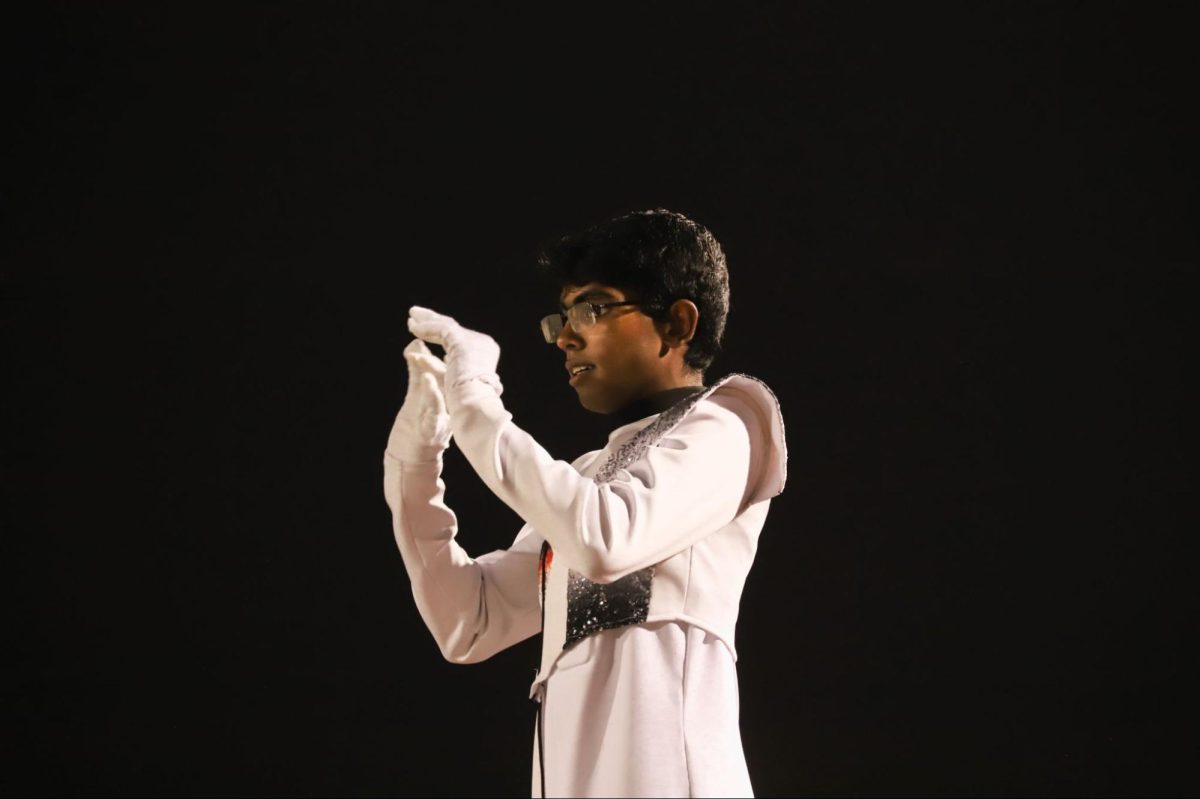Story by Ashleigh Heaton
Entertainment Editor
Video by Jeff Melville
KCBY Special Features
For most students, the word “machinima” holds little to no meaning. However, they should expect to hear the term pop up more and more on video broadcasting sites such as YouTube in the coming years because the style is beginning to catch fire amidst amateur filmmakers.
Machinima, a mash-up of the words “machine” and “cinema”, is an emerging animation genre that has swooped through the internet during the past decade. This technique eliminates the normal requirements for Hollywood moviemaking, such as costumes, props, sets and actors – and even cameras. Instead, machinima filmmakers use video games with free-editing software among other tools, such as Halo 3 and The Sims, to modify and adjust the game’s environment to fit the producer’s vision. The product is an independent film that draws in viewers with its unorthodox style – without a million dollar budget.
The practice originated from humble beginnings in the mid-1990s when game hackers began to manipulate the playing fields on games such as Quake to see how much game play they could document with minimal amounts of game codes. Soon, gamers began adding narratives and plotlines to their documentaries to stream for others to download, snowballing into the birth of machinima.
“I think [machinima] is really interesting,” junior Mandy Mullarkey said. “They sometimes have problems with lip syncing, but it’s a cool idea.”
The key to machinima’s success is its exploitation of character puppeteering, allowing the filmmaker to create a scene that exactly reflects their vision of the final product without hundreds of takes and breaks with an actor. Another pull of the style is the gamer audience it draws –machinima is a tribute to gamers and the gaming world, complete with action sequences, foul language and “For the Win”s.
The actual production of machinimas can be more complicated than it appears. Production requires several connected consoles or platforms, as well as software and video games, a video capturing source and an array of editing equipment and software. On top of that are voice-over actors, writers, producers and video streaming software to share the movies with the internet.
Though the genre had been kept as an underground gamer indulgence for many years, non-gamers received their first glimpse of the new art form in 2003, when a group called Rooster Teeth Productions launched the first episode of their now-popular machinima web series, Red vs. Blue.
“When we first started Red vs. Blue, we thought we were completely original,” co-producer of Rooster Teeth Productions Matt Hullum said in an interview with GameSpy magazine. “We never imagined that there were other people out there using video games to make movies, much less that it was a new art form with a hard to pronounce name and an official organization.”
Rooster Teeth was accredited as the first company to turn machinima from merely a fun pastime into a business, complete with community video sponsors and an online store selling shirts, accessories and DVDs advertising the series. On a more mainstream scale, a machinima segment called “Make Love, Not Warcraft” aired on the comedy series South Park in 2006 and won an Emmy award later that year for its humorous take on Blizzard Entertainment’s popular multiplayer online role-playing game World of Warcraft.
However, other machinimas found on the internet have not been as fortunate.
“A lot of machinima you see online is [made by] 16-year-old boys who happen to have access to YouTube,” junior Arden Radford said. “Most of it isn’t even funny – and a lot of it is guys putting in Dane Cook jokes. The [shows] can really lack in originality sometimes.”
With the growing recognition of the genre, video game companies such as Microsoft and Blizzard have had to take precautions against copyright violations through the production of machinima. Despite these copyright issues, the companies are also eager to encourage machinima production within legal boundaries because of the publicity they receive due to fan reception – in fact, during the production of Halo 2, Microsoft added in a new command that allowed a player to lower their weapon specifically to make it easier for Rooster Teeth to create their Red vs. Blue dialogue.
Despite the genre’s recent success, it has a long way to go before it gains mainstream acceptance.
“I think [machinima has] room to grow, but it just needs to involve more professional people,” Radford said.
With more people beginning to take machinima seriously, independent film junkies should not be surprised to see a machinima film make it into a film festival in the upcoming years. Unless, of course, they’re a “n00b”.
KCBY explaination of machinima:
Professional example of machinima:
 " />
" />








